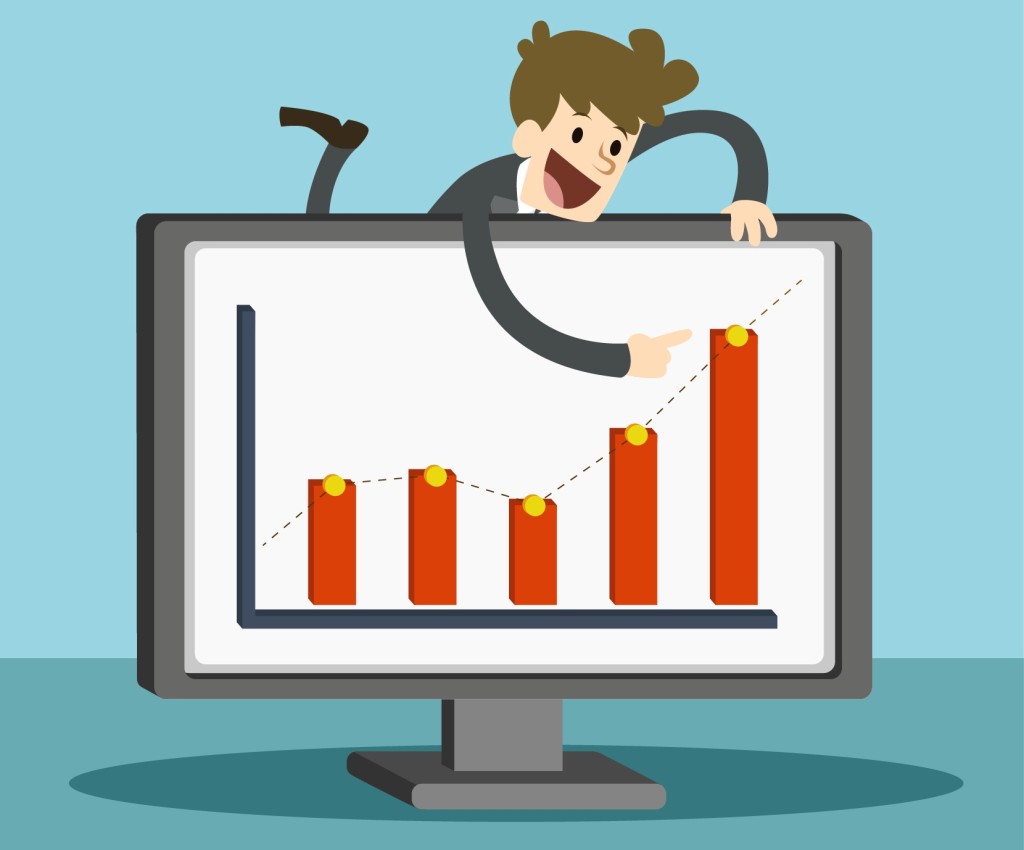 It’s no secret why predictive analytics is such a hot area within B2B sales these days. Imagine being able to predict what a customer is going to do before he or she actually does it. While any B2B predictive analytics package may not offer 100 percent accuracy, they can go a long way to making your B2B sales process more efficient.
It’s no secret why predictive analytics is such a hot area within B2B sales these days. Imagine being able to predict what a customer is going to do before he or she actually does it. While any B2B predictive analytics package may not offer 100 percent accuracy, they can go a long way to making your B2B sales process more efficient.
While there are many different flavors of B2B predictive analytics, what they all seem to have in common is some mix of big data and machine intelligence. Crunch enough data with a smart enough algorithm, and you can come up with some pretty interesting insights. You might just be able to calculate the chances of specific outcome based on your company’s supply of customer data and information you have about actions taken in the past. (However, as they say in the financial services industry, past performance is no guarantee of future performance!)
Tip #1: Focus on data that’s actionable
There’s a lot of data out there, and sometimes it can be frustrating to try to find the needle in the haystack. That’s why it’s important to make the data actionable. There are several types of data that fit within this category – data that can be used to construct a more accurate buyer persona, data that helps to define the goals and objectives of your customer, and data that are used to determine the behavior of your customer.
Tip #2: Refine the customer journey to make data easier to collect and apply
Garbage in, garbage out. That’s why you want to make sure that you’re collecting and analyzing the best possible data. The most powerful predictive analytics package in the industry isn’t going to help boost sales if it’s working off a series of flawed assumptions or flawed data. That’s why the entire customer experience has to reflect these needs. You need to collect the best possible data so that it doesn’t have to be scrubbed later.
Tip #3: Ensure that the right people are getting access to the predictions
This is where the magic happens. Some of the predictions are going to be handed off to the B2B sales team, and some of it will be handed off to the marketing team. But the right people have to get the data and predictions they can use. This can range from the types of interactions that customers are likely to take on a website, to what types of search terms they are using right before they are ready to buy. The sales team should be getting leads right when they’re read to be sold to.
With predictive analytics, you can continually hone and perfect the content, offers and messages that potential buyers are going to see. And, if the predictions are good enough, you’ll have the peace of mind of knowing that the right messages are going to the right prospects. In the long run, that’s going to mean some big upside for sales.
IMAGE: Designed by Freepik
